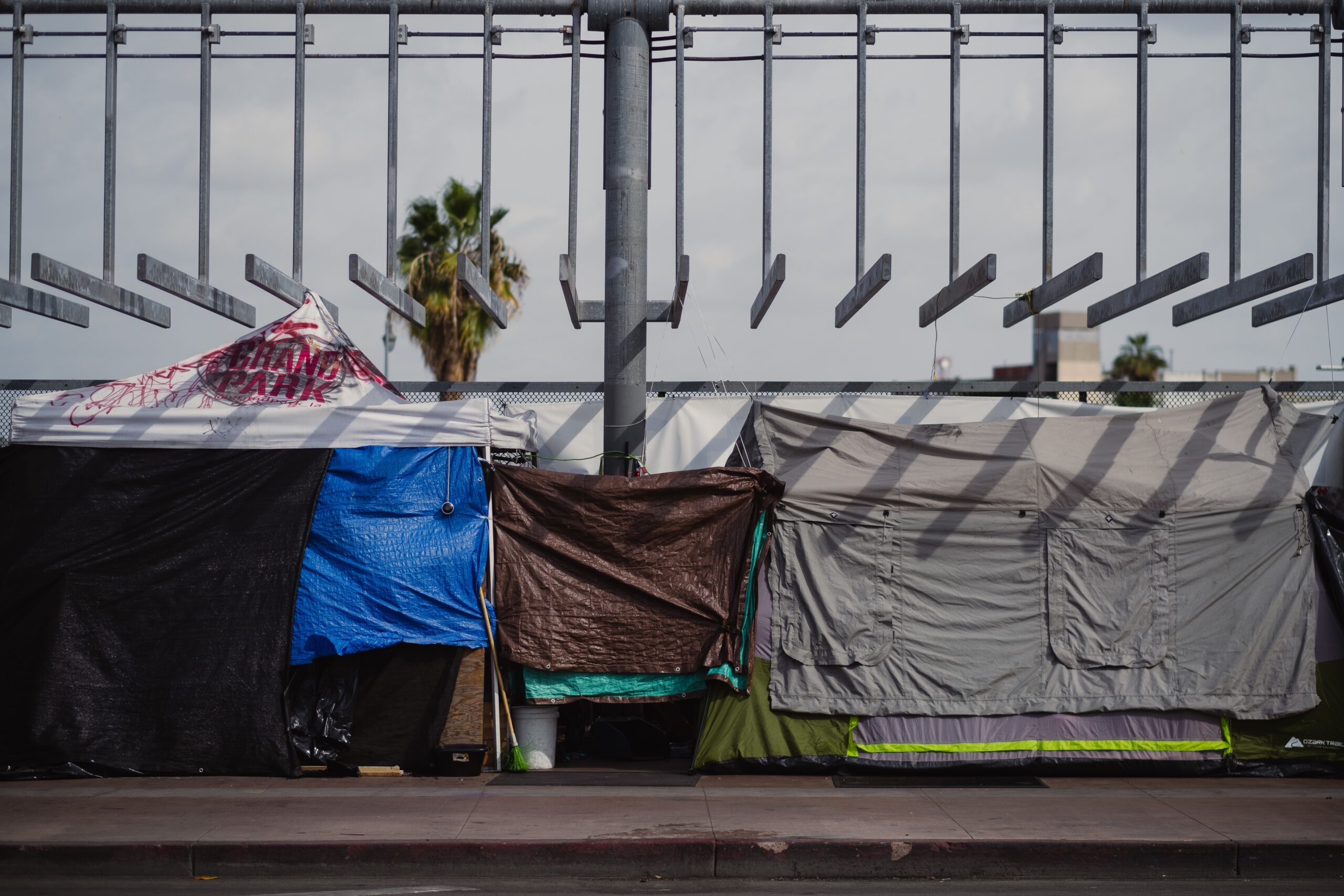Your Unhoused Neighbors: They’re Not Who You Think They Are

The Benioff Homelessness and Housing Initiative at the University of California, San Francisco recently released the findings of a large, mixed-methods study that aimed to understand the scope of homelessness in California and experiences of the unhoused population.
The California Statewide Study of People Experiencing Homelessness (CASPEH) is the first representative study of homelessness in California since the 1990s, and arrives at a crucial moment for housing and homelessness in the state.
Key takeaways:
- Ninety percent of survey participants became homeless after losing housing in California, and 75 percent still lived in the same county where they were previously housed.
- Sixty-six percent of survey participants who were leaseholders at the time they lost housing were rent-burdened, and 42 percent were severely rent burdened.
- Nine out of ten respondents had spent time unsheltered since becoming homeless. One-third met the criteria for chronic homelessness.
The study, which involved surveys of 3,200 adult respondents and 365 in-depth interviews in eight counties, found that 47 percent of California’s homeless population is age 50 or older, and that Black and Native American individuals are highly over-represented compared to their share of the overall population.
Additionally, eighty-two percent of participants had experienced a serious mental health condition at least once in their life.
The study identified California’s high cost of housing as a key driver of homelessness in the state. Ninety percent of survey participants became homeless after losing housing in California, and 75 percent still lived in the same county where they were previously housed.
A third of participants (32 percent) were leaseholders or mortgage-holders immediately before becoming homeless. Of those individuals, 66 percent met the criteria of rent burdened, and 42 percent were severely rent burdened. An additional one-fifth of respondents entered homelessness upon exiting an institutional setting, such as a prison or jail.
Many respondents named high housing costs, and the lack of sufficient income support, as factors that contributed to them becoming homeless. Among participants who had a lease before becoming homeless, median monthly housing costs were $700. This is equal to half of respondents’ median monthly household income before entering homelessness. Ninety percent of respondents believe that receiving a Housing Choice Voucher or similar subsidy would have prevented them from becoming homeless.
While nearly all participants wanted to obtain permanent housing, 89 percent of participants identified high housing costs as a barrier to re-entering housing. Relatedly, 47 percent of individuals said that the housing they could afford was too far away, inconveniently located, or unsafe. This forces unhoused people to make tradeoffs or choose between multiple undesirable options. Nearly all participants thought that a rental subsidy would help them obtain permanent housing.
The report concludes by offering several policy recommendations to reduce homelessness. These include increasing access to affordable housing, especially for very low income households, by producing more affordable housing and providing more vouchers and subsidies. Other policy recommendations offered by the report include expanding targeted homelessness prevention efforts and providing robust supports to meet the needs of the population experiencing homelessness.
Photo of tents on a sidewalk by Levi Meir Clancy on Unsplash